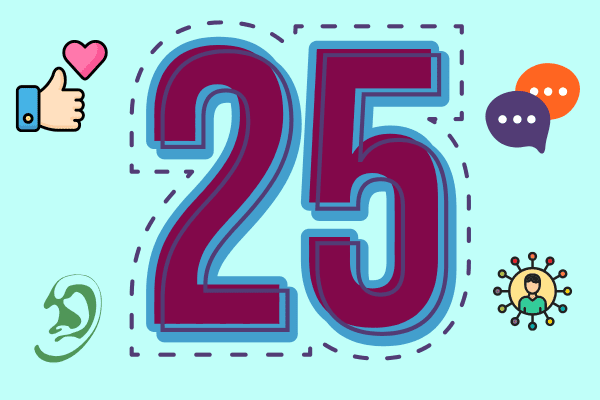So, You Want to Upskill Yourself? Great. You’re at the Right Place.
Maybe you’d had some training and you want to embed the learning or transfer the learning, or you are at the start of your journey and you ‘just’ want to be the very best version of yourself.
These upskilling ways will help.
Upskill Ways 1-10
- 1. Present your findings to your team in a presentation booked for 3 weeks Tuesday because no one wants to look silly in front of their peers, so you’ll ensure that you know your stuff about your new found skill.
- 2. Write an article about what you have learned as it will test what you really know if you have to put it into your own words.
- 3. Book 20-minutes with a colleague, or even over lunch, and share what you have learned and encourage them to ask you questions.
- 4. Coach someone in your new skill.
- 5. Find a post or a group on Linkedin about your new skill and share your opinion.
- 6. Publically speak about what you now know by offering your service for free at an exhibition, a seminar, or an online webinar.
- 7. Offer to share a 3-minute video on your company’s e-learning or intranet site.
- 8. Write a book – with Amazon’s self-publishing it can be as easy as uploading a word file and it only has to be a short book.
- 9. Create a mnemonic of the learning, like ‘Naughty Elephant Squirted Water’ to remember the points of the compass.
- 10. Ask your line manager for feedback on how you perform with this skill and agree on goals to work towards.

Upskill Ways 11-20
- 11. Read a self-development book and identify 3 takeaways that you will use, and then write one word for each and put them on an A4 page on your wall to remind you.
- 12. Write a short Powerpoint presentation of what you have learned and email it to your team, asking for their questions.
- 13. Share one learning in 3-minutes at your team meeting, inspiring everyone to find out more in their own time.
- 14. Research the web for 20-minutes identifying one insight that you can implement straight away to improve this skill.
- 15. Identify a gap in your performance and ask your line manager to brainstorm with you, ways to close that gap.
- 16. Complete a personal development plan sharing activities and milestones to upskill.
- 17. Watch our 3-minute influencing styles, push and pull video, and decide which one you are and how you can be more of the other.
- 18. Teach someone within 24 hours a new skill you have learned, whereby they get a ‘free’ tool or technique that you value and your brain gets to push it into your long term memory (because training creates strong neural pathways).
- 19. Create a new habit by repeating what you have learned, having a reason for / connection to the learning and repeating it is the key to long-term behavioural change.
- 20. Start by asking ‘What is in it for me?’ – recognise the value new learning can bring to you personally and professionally.

Upskill Ways 21-29
- 21. What is your first confident step in exploring the new skill you want to improve or develop?
- 22. Don’t know what you don’t know? – Find out what great looks like, so you can understand where you are and where you want to get to with your competency frameworks.
- 23. Perception versus reality – Are you better than you think in a certain area, or have room for improvement in areas you are unaware of? – Gain clarity by asking others?
- 24. Set a goal or target that your new skill will help you achieve and have sight of the reward you will get when you get there.
- 25. How do you prefer to learn, absorb and assimilate information, explore your personal learning style?
- 26. No time? Use bitesize learning by setting aside 30 minutes 3 times a week (for example) and aim to gain the theory, practical application and practise on one new tool/technique each week.
- 27. Create and keep a learning log to recognise what you have gained and how quickly you learned it.
- 28. Do you want to learn to knit? Step one, buy some knitting needles and wool.
- 29. Revisit previously learned skills and lost behaviours, it’s all still in the grey matter somewhere, by using creating a mind map.




